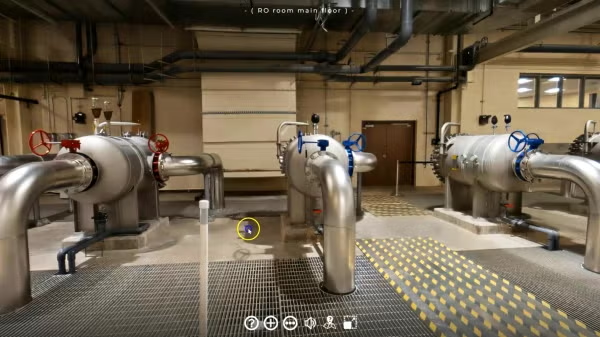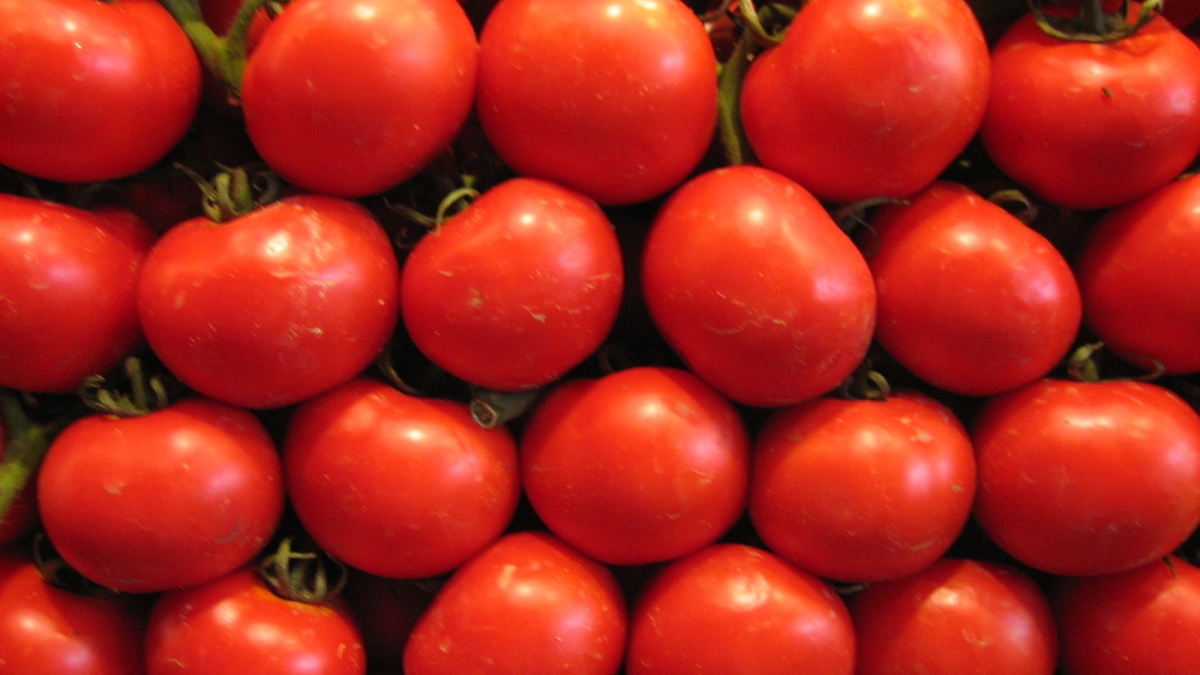As Phoenix continues to sprawl toward Tucson, urban planners are working to prevent the entire 100-mile corridor between Arizona’s largest metro areas from becoming nothing but concrete and asphalt.
Unfettered development, experts say, can strain resources and increase temperatures and pollution, setting off a chain reaction of problems for the region and its residents.
Seeking sustainable solutions, a team of Arizona State University researchers has been working to create an innovative, physics-based model that can predict how gardens and farms can most efficiently be integrated into cities to produce food in the face of a changing climate, cool the urban heat island and make people happier.
It’s a collaborative five-year national project, funded with $4 million from two federalThe grants are from the U.S. Department of Agriculture and the National Science Foundation. agencies, that aims to evaluate huge sets of data to create a planning model that can be used by any growing metropolitan area. The model will account for variables that include air pollution, land cover, water use and energy sources.
The work crosses several disciplines, with Alex Mahalov, a mathematician, as the lead principal investigator, and other researchers who are experts in agribusiness, geography and sustainability.
“This is an integrated project; it’s not just about agriculture. It’s about food, energy and water,” said Mahalov, who is the Wilhoit Foundation Dean’s Distinguished Professor in ASU’s School of Mathematical and Statistical Sciences.
The model will look at what would happen if vacant land in a city were turned into urban farms, which could produce food for the neighbors and help mitigate the urban heat-island effect, in which concrete and asphalt stay warmer overnight, raising temperatures. Conversely, plants and trees allow desert land to cool at night.
There’s a social aspect, too.
“In community gardens, people get together and enjoy growing food, maybe make some extra income,” Mahalov said. “And it makes them happy.”
Big data
One part of the project, now in its second year, is taking high-resolution data from the National Agriculture Imagery Program and writing an algorithm that can evaluate land use in detail as precise as “the backyard of so-and-so’s house, next to the pool on the side of the two-story house,” Mahalov said.
Billie Turner II, distinguished sustainability scientist in the Julie Ann Wrigley Global Institute of Sustainability, is a co-principal investigator and part of the team that is analyzing the land-use data from several metro areas in the U.S., showing the need for improved analysis.
For example, “one of the things we found out for Maricopa County is that there are a lot of errors in the national data. It will say there’s vacant land, but actually there’s a building on it. Or it says it’s not vacant, but we don’t see anything on it but bare soil,” said Turner, who is the Gilbert F. White Professor of Environment and Society in the School of Geographical Sciences and Urban Planning.
Viability
It’s up to Carola Grebitus to look at the project from an economic perspective.
“If you use the land for farming, you need consumer demand because without demand you can’t be successful as a business,” said Grebitus, a co-principal investigator on the project, senior sustainability scientist in the Julie Ann Wrigley Global Institute of Sustainability and assistant professor of food industry management at the Morrison School of Agribusiness in the W. P. Carey School of Business.
While the big-data modeling will determine whether land that could potentially become gardens is near low-income neighborhoods, Grebitus will investigate whether those neighbors actually want vegetables. She and her team have already done three preliminary surveys on preferences, and those results will help them create a survey they’ll give to 2,000 consumers in Phoenix and other cities.
“There’s a model called motivation, ability, opportunity. Right now, we are differentiating between ‘are you willing to buy the food?’ Or ‘would you be willing to grow your own food?’ You need to be motivated to do either one.
“Ability means, you have to know how to grow the food. Many people don’t even know how to prepare fresh produce,” she said.
“For opportunity, I like to use the example of the single mother who is motivated to provide nutritious food for her children and has the ability to cook it, but she might simply not have the time.”
Grebitus has already surveyed 500 ASU students, asking how much they would be willing to pay for a pound of tomatoes from the grocery store, a farmers market or an urban farm.
“We found that compared to the grocery store, they’re only willing to pay less, not more or the same, if it’s from the urban farm,” she said.
That data is scheduled to be presented in two upcoming journal articles, said Grebitus, who added that even though the survey respondents were all students, “they’re the consumers of tomorrow.”
Grebitus said that while urban gardens could cool the air and produce beautiful vegetables, they might not be viable. "It needs to be competitive.”
Innovation and trade-offs
Innovation is another factor, Mahalov said. The model will consider the feasibility of vertical farming, a system in which crops are grown vertically in self-contained structures that take up less land. Only a few such systems are in place around the country.
The final scenarios produced by the model will be all about trade-offs, he said.
“What is most important? Do we want to minimize water consumption? Or is there another variable that’s more important?”
Mahalov said the project was made possible by the atmosphere of collaborationThe other co-principal investigators are Mohamed Moustaoui, associate professor in the School of Mathematical and Statistical Sciences, and Matei Georgescu, associate professor in the School of Geographical Sciences and Urban Planning. Both also are senior sustainability scientists in the Julie Ann Wrigley Global Institute of Sustainability. Besides the ASU professors and graduate and undergraduate students who are on the team, there are researchers from the National Center for Atmospheric Research in Boulder, Colorado. fostered at ASU.
“I’m still doing my mathematics, and I can say, ‘Leave me alone and don’t talk to me.’ But I would never have come up with this idea if I was just by myself in my office,” he said.
“The reason is because we’re constantly encouraged to interact with each other and break through the interface of fields.”
More Environment and sustainability

2 ASU faculty elected as AAAS Fellows
Two outstanding Arizona State University faculty spanning the physical sciences, psychological sciences and science policy have been named Fellows of the American Association for the Advancement of…

Homes for songbirds: Protecting Lucy’s warblers in the urban desert
Each spring, tiny Lucy’s warblers, with their soft gray plumage and rusty crown, return to the Arizona desert, flitting through the mesquite branches in search of safe places to nest.But as urban…

Public education project brings new water recycling process to life
A new virtual reality project developed by an interdisciplinary team at Arizona State University has earned the 2025 WateReuse Award for Excellence in Outreach and Education. The national …


